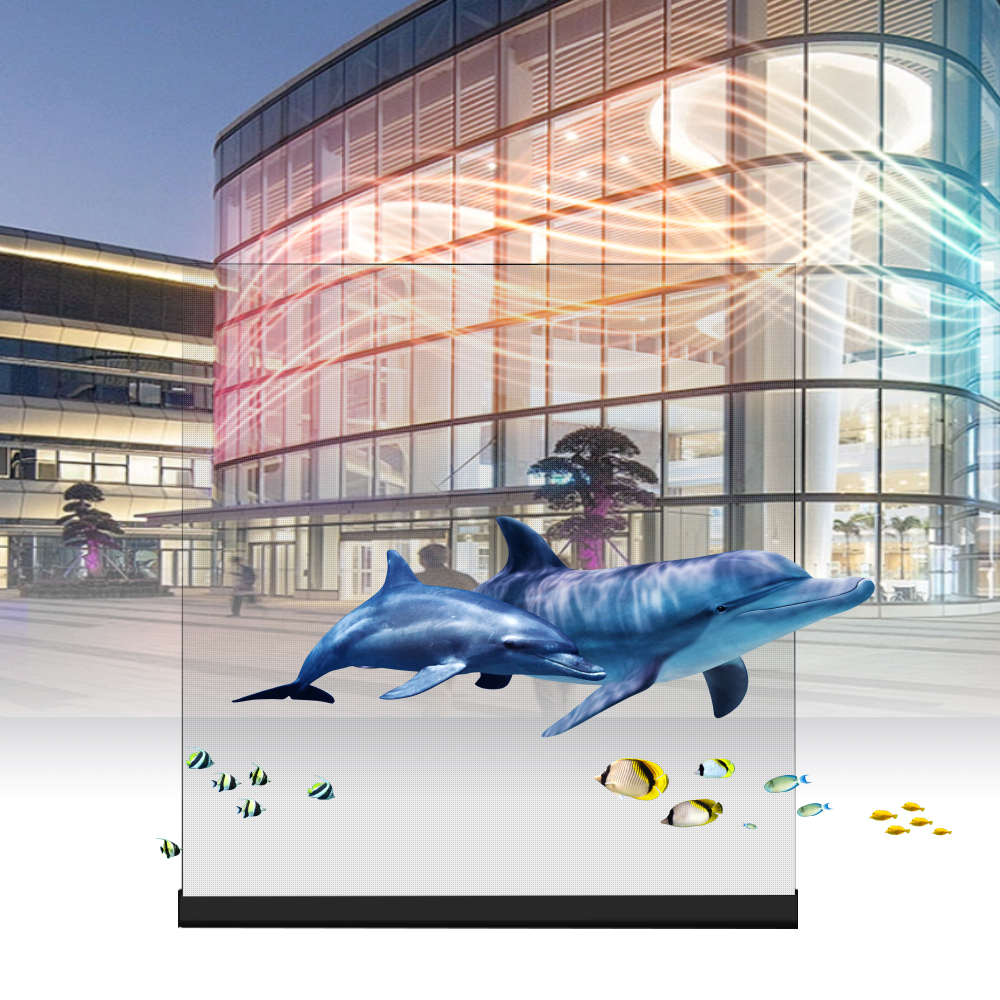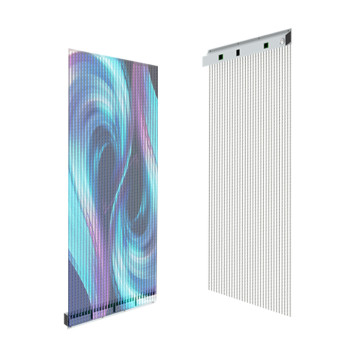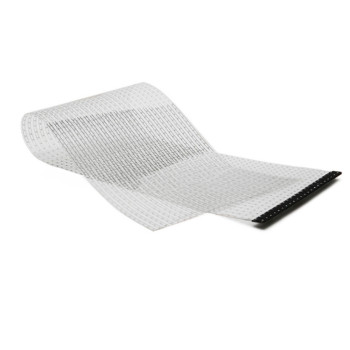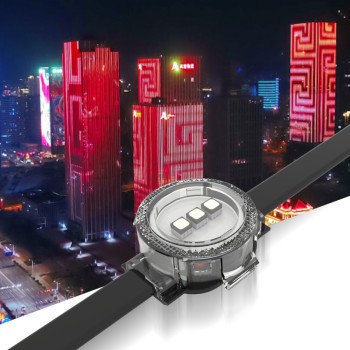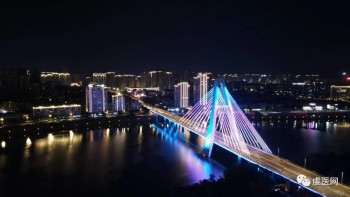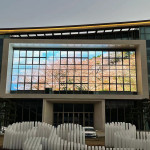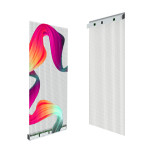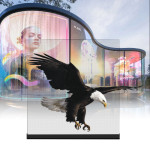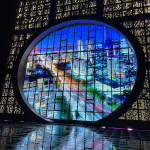- 22 Apr 2024
- YINHAN tech
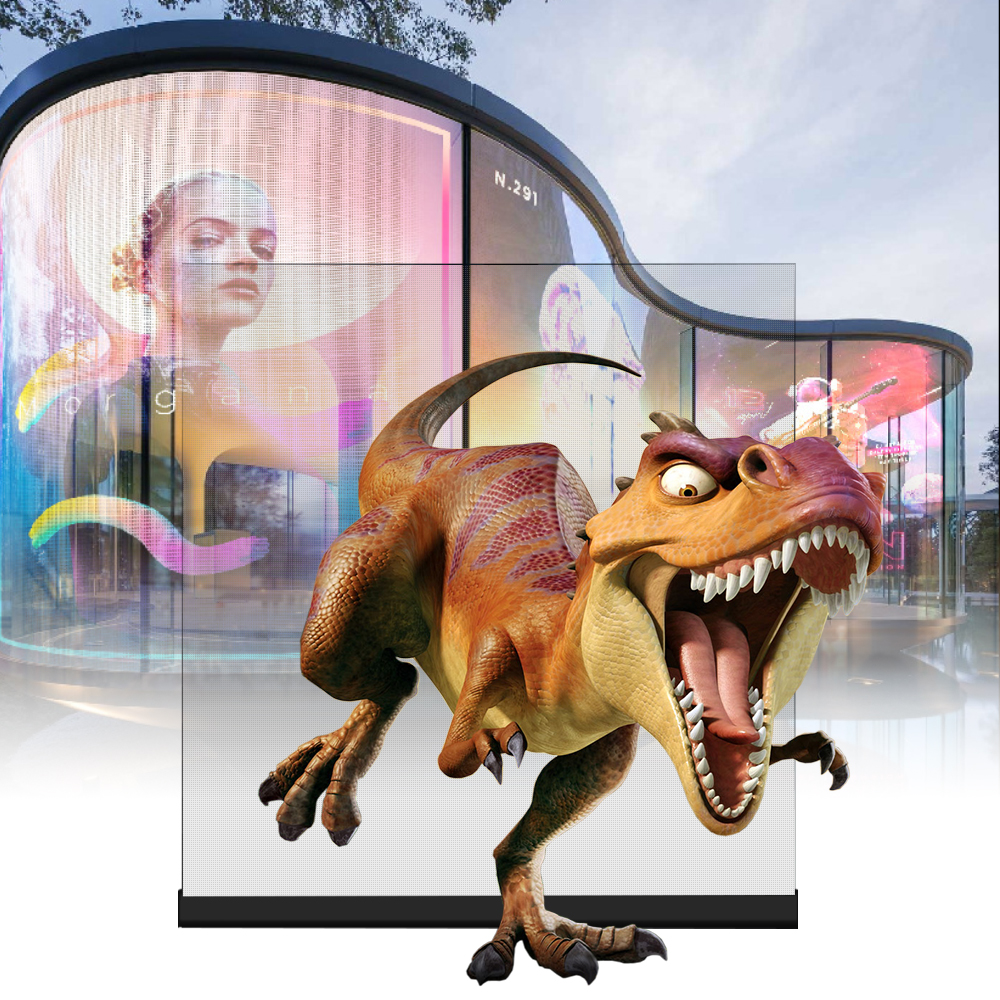 In today's dynamic world of technology, innovation seems to know no bounds. Among the myriad of cutting-edge advancements, holographic invisible transparent LED screens stand out as a marvel of modern engineering. These screens redefine the way we perceive visual displays, seamlessly integrating with their surroundings while delivering stunning visuals. However, with such groundbreaking technology comes the inevitable question: what is the price tag attached to these futuristic wonders?
In today's dynamic world of technology, innovation seems to know no bounds. Among the myriad of cutting-edge advancements, holographic invisible transparent LED screens stand out as a marvel of modern engineering. These screens redefine the way we perceive visual displays, seamlessly integrating with their surroundings while delivering stunning visuals. However, with such groundbreaking technology comes the inevitable question: what is the price tag attached to these futuristic wonders?
Understanding the Technology
Before delving into the cost, it's crucial to grasp the fundamentals of holographic invisible transparent LED screens. Unlike conventional displays, these screens utilize transparent LED technology to project images or videos onto a transparent surface, creating a mesmerizing illusion of floating visuals in mid-air. This innovation not only captivates audiences but also offers practical applications in various industries, from retail and advertising to entertainment and education.
Factors Influencing Price
Several factors influence the price of holographic invisible transparent LED screens:
Screen Size and Resolution: As with traditional LED screens, size and resolution play a significant role in determining cost. Larger screens with higher resolutions typically come with heftier price tags due to the increased complexity of manufacturing and materials required.
Transparency and Clarity: The level of transparency and clarity of the screen's display also impact its cost. Screens with advanced transparency features and superior clarity command higher prices due to the specialized technology and materials involved.
Customization Options: Many manufacturers offer customization options, allowing clients to tailor the screens to their specific requirements. Customization, whether in terms of shape, size, or additional features, can significantly affect the final price.
Installation and Maintenance: The cost of installation and ongoing maintenance should not be overlooked. Complex installations or specialized maintenance requirements may incur additional expenses beyond the initial purchase price.
Brand and Reputation: Established brands with a reputation for quality and reliability may charge a premium for their products compared to lesser-known manufacturers. However, opting for a reputable brand often ensures superior performance and customer support.
Price Range
While specific pricing can vary widely depending on the aforementioned factors, holographic invisible transparent LED screens generally fall within a broad price range. Entry-level models with smaller screen sizes and basic features may start at a few thousand dollars. On the other hand, high-end models with larger screens, ultra-high resolutions, and advanced transparency technology can reach tens or even hundreds of thousands of dollars.
Conclusion
In conclusion, the cost of holographic invisible transparent LED screens varies based on factors such as size, resolution, transparency, customization options, installation, maintenance, and brand reputation. While these screens represent a significant investment, their unparalleled visual impact and versatile applications make them a compelling choice for businesses and organizations looking to stand out in today's competitive landscape. As technology continues to evolve, we can expect prices to fluctuate and innovations to drive further advancements in this fascinating field.
